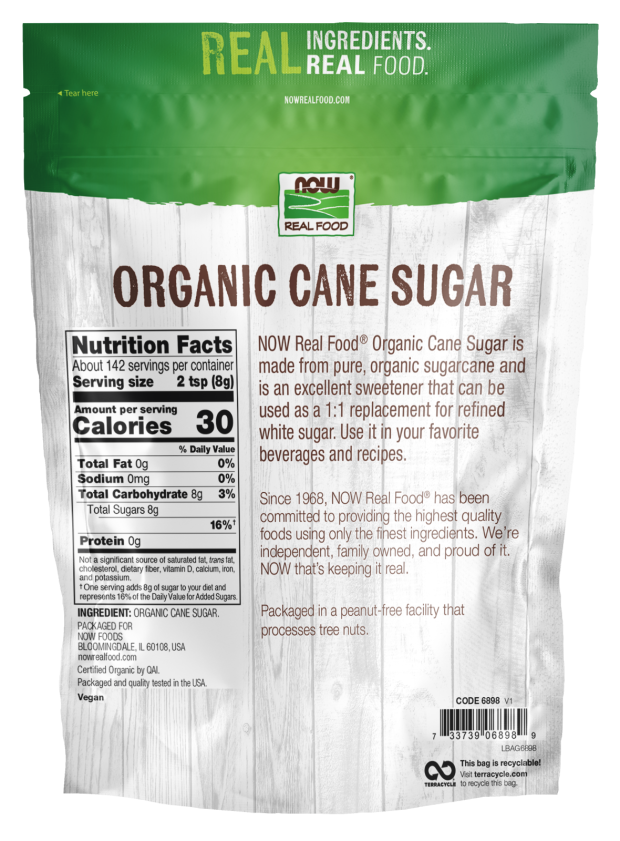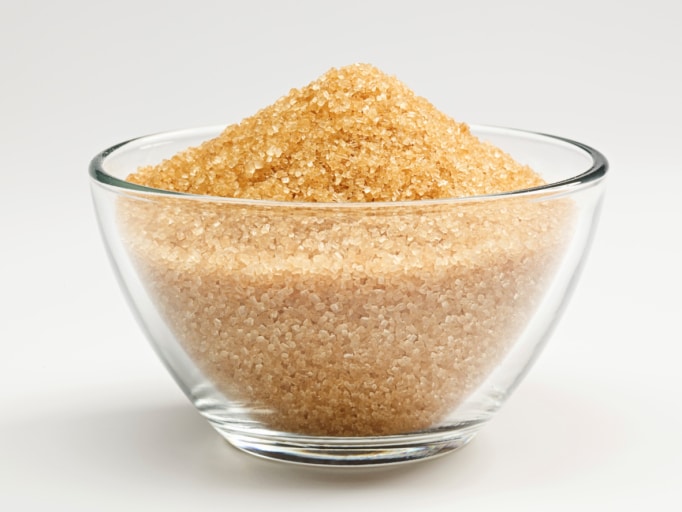Cane Sugar Processing: From Area to Table-- A Step-by-Step Overview
Cane Sugar Processing: From Area to Table-- A Step-by-Step Overview
Blog Article
A Comprehensive Guide to the Ecological Effect and Sustainability Practices in Walking Stick Sugar Processing
The environmental influence of walking cane sugar handling presents a complex variety of challenges that warrant careful evaluation. From dirt destruction and extreme water use to the carbon footprint connected with cultivation and production, the effects of typical practices are far-ranging. On the other hand, the adoption of innovative sustainability actions supplies a pathway toward more responsible manufacturing methods. Recognizing the interplay between these problems is vital for stakeholders in the sector. What details methods can be applied to strike an equilibrium between efficiency and ecological stewardship? The solutions depend on a closer check out both the obstacles and potential solutions.
Review of Walking Cane Sugar Handling
Walking cane sugar handling entails a series of systematic steps that change sugarcane right into refined sugar. At first, gathered sugarcane is transported to refining facilities, where it undergoes cleaning to get rid of soil and debris. Following this, the walking stick is crushed to draw out juice, which is then clarified by removing impurities via home heating and the addition of lime.
The made clear juice undergoes dissipation, where water is gotten rid of to focus the sugar web content. This focused syrup is after that crystallized with cooling, enabling sugar crystals to develop. These crystals are separated from the continuing to be syrup using centrifugation, causing raw sugar. To achieve polished sugar, the raw item goes through more purification processes, which may consist of cleaning and filtering system to get rid of staying pollutants and color.
The last item is after that dried and packaged for circulation. Throughout this whole procedure, maintaining efficiency and quality control is essential to make sure the sugar fulfills sector criteria. Each action in walking stick sugar processing not just adds to the final item yet also has ramifications for source usage and waste generation, establishing the phase for discussions on sustainability and environmental effects associated with sugar production.
Environmental Difficulties of Manufacturing
The production of walking stick sugar presents numerous significant environmental challenges that warrant attention. One main concern is the extensive use agrochemicals, consisting of fertilizers and chemicals, which can result in dirt deterioration, biodiversity loss, and contamination of regional water resources. The drainage from sugarcane fields commonly carries these chemicals right into neighboring ecosystems, interfering with aquatic life and influencing the health of communities reliant on these water bodies.
An additional obstacle is the high power consumption linked with sugarcane processing. The boiling and refining phases need significant warm, largely produced by shedding nonrenewable fuel sources, adding to greenhouse gas exhausts. Additionally, the extensive land location required for sugarcane cultivation can bring about logging and habitat destruction, additional intensifying climate adjustment and threatening wildlife.
Furthermore, the labor practices in some regions elevate moral concerns, as workers may face poor working problems and insufficient incomes. This scenario frequently perpetuates a cycle of poverty in local neighborhoods. Cane Sugar Processing. Attending to these environmental difficulties is crucial for creating much more lasting methods in walking stick sugar manufacturing, ultimately benefiting both the environment and the neighborhoods associated with this market
Water and Land Use Effect
Water resources and land utilization are essential components in the walking cane sugar industry that significantly impact the atmosphere. The cultivation of sugarcane needs considerable water input, with price quotes recommending that it can consume approximately 2,000 litres of water per kilo of sugar produced. This intensive use water usually causes exhaustion of neighborhood water sources, influencing not just the sugarcane plantations however likewise surrounding ecological communities and communities that depend on the very same water resources for farming and residential usage.

Furthermore, land use for sugarcane farming can result in logging and the conversion of natural environments right into monoculture ranches. This technique decreases biodiversity, interrupts local environments, and adds to soil destruction. The expansion of sugarcane areas often intrudes on beneficial agricultural land, producing competitors for sources between food and biofuel production.
Lasting practices, such as enhancing watering strategies and implementing crop rotation, are important to mitigate these effects. By embracing extra efficient water usage and land administration approaches, the cane sugar industry can decrease its environmental impact, making certain an equilibrium between agricultural productivity and environmental preservation.
Greenhouse Gas Emissions
Greenhouse gas exhausts stand for a substantial ecological concern within the cane sugar processing industry, particularly as agricultural practices expand to meet global demand. The cultivation of sugarcane, a crop that flourishes in tropical environments, counts greatly on artificial plant foods and chemicals, which contribute to nitrous oxide emissions. Furthermore, land-use modifications, including deforestation for new sugarcane plantations, launch co2 kept in greenery and soil.
Throughout handling, power usage is another significant source of greenhouse gas emissions - Cane Sugar Processing. Several sugar mills use see post nonrenewable fuel sources to power equipment and produce heat, causing significant carbon footprints. Furthermore, the transport of raw sugarcane and completed items includes layers of emissions via fuel burning in cars
The cumulative result of these emissions aggravates climate change, posturing dangers not just to the atmosphere yet likewise to the lasting feasibility of the market. Stakeholders need to recognize the immediate requirement for comprehensive methods that address these discharges. This involves examining existing agricultural techniques, processing techniques, and transport systems to identify areas for improvement and reduction. Addressing greenhouse gas discharges is essential for promoting an extra lasting cane sugar market in a transforming climate.

Lasting Practices and Innovations
Sustainable practices and advancements are increasingly essential in the walking stick sugar handling market as stakeholders look for to reduce ecological impacts while preserving productivity. One considerable advancement is the application of integrated crop monitoring, which optimizes source usage by integrating dirt management, insect control, and plant rotation methods. This approach improves return while minimizing chemical inputs and protecting dirt health.
Additionally, the fostering of renewable resource resources, such as biomass from sugarcane deposits, has obtained traction - Cane Sugar Processing. By converting waste items right into power, processing facilities can minimize their dependence on fossil fuels, thus decreasing greenhouse gas exhausts
Water management methods have additionally seen enhancements with the recycling and reusing of water in handling plants, dramatically minimizing freshwater intake. Advancements in innovation, such as accuracy farming, allow farmers to monitor plant wellness and source usage better, making certain sustainable cultivation techniques.
Additionally, qualification programs like Fair Profession and Jungle Alliance motivate ecologically liable farming methods and promote social equity within the supply chain. By embracing these lasting practices and innovations, the cane sugar handling sector can improve its durability and contribute favorably to environmental stewardship.
Final Thought
The ecological impact of cane sugar processing offers substantial obstacles, including soil degradation, high water consumption, and greenhouse gas exhausts, together with honest issues connected to labor practices. Resolving these concerns with sustainable practices, such as incorporated crop management, renewable power adoption, and water recycling, is important. By promoting eco accountable and socially equitable approaches in sugar here manufacturing, the industry can minimize its negative impacts, ensuring an extra sustainable future for both ecosystems and areas associated with this industry.
Walking cane sugar processing entails a series of organized steps that change sugarcane into polished sugar. Each step in walking cane sugar processing not just contributes to the last item informative post however likewise has ramifications for source use and waste generation, establishing the phase for conversations on sustainability and ecological influences connected with sugar manufacturing.
Greenhouse gas emissions stand for a considerable ecological concern within the walking stick sugar processing sector, particularly as farming practices broaden to fulfill global need.Lasting practices and advancements are significantly vital in the walking stick sugar handling industry as stakeholders seek to minimize ecological impacts while preserving performance.The environmental impact of walking stick sugar handling offers significant difficulties, consisting of soil destruction, high water consumption, and greenhouse gas discharges, together with moral problems related to labor practices.
Report this page